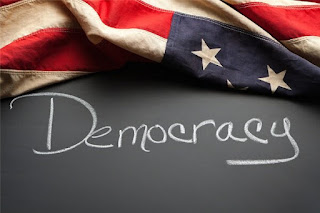Henderson, R.K., Schnall, S.
Sci Rep 11, 21709 (2021).
Abstract
Individuals who experience threats to their social needs may attempt to avert further harm by condemning wrongdoers more severely. Three pre-registered studies tested whether threatened social esteem is associated with increased moral condemnation. In Study 1 (N = 381) participants played a game in which they were socially included or excluded and then evaluated the actions of moral wrongdoers. We observed an indirect effect: Exclusion increased social needs-threat, which in turn increased moral condemnation. Study 2 (N = 428) was a direct replication, and also showed this indirect effect. Both studies demonstrated the effect across five moral foundations, and was most pronounced for harm violations. Study 3 (N = 102) examined dispositional concerns about social needs threat, namely social anxiety, and showed a positive correlation between this trait and moral judgments. Overall, results suggest threatened social standing is linked to moral condemnation, presumably because moral wrongdoers pose a further threat when one’s ability to cope is already compromised.
From the General Discussion
These findings indicating that social threat is associated with harsher moral judgments suggest that various threats to survival can influence assessments of moral wrongdoing. Indeed, it has been proposed that the reason social exclusion reliably results in negative emotions is because social disconnectedness has been detrimental throughout human societies. As we found in Studies 1 and 2 and consistent with prior research even brief exclusion via a simulated computer game can thwart fundamental social needs. Taken together, these experimental and correlational findings suggest that an elevated sense of danger appears to fortify moral judgment, because when safety is compromised, wrongdoers represent yet another source of potential danger. As a consequence, vulnerable individuals may be motivated to condemn moral violations more harshly. Interestingly, the null finding for loneliness suggests that amplified moral condemnation is not associated with having no social connections in the first place, but rather, with the existence or prospect of social threat. Relatedly, prior research has shown that greater cortisol release is associated with social anxiety but not with loneliness indicating that the body’s stress response does not react to loneliness in the same way as it does to social threat.








